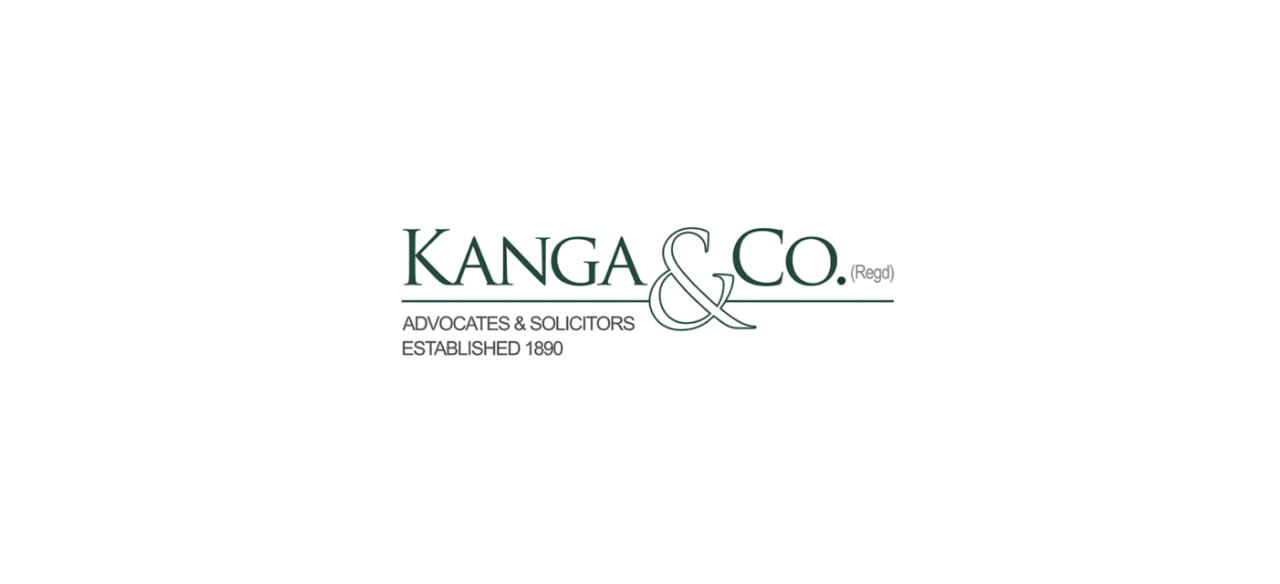The recent trends in the practice of public relations shows an increased demand in any field of expertise. Public relations in simple terms indicates the methods used by various platforms to reach and interact with its target audience in order to flourish in the market. Public relations (PR) are the set of techniques and strategies related to managing how information about an individual or company is disseminated to the public, and especially the media. (Hayes, 2023)
When put through the lens of utility in a law firm, public relation has a specific set of functions to play. From brand expansion, to media and digital footprint, from driving the aggrieved to a platform for redressal to providing a benefit to the service providers a scope to build a goodwill and reputation in the steady and steep competition in the market.
The following highlight the purpose ‘public relations’ has to fulfil when it comes to the legal profession:
Facilitating The Client Base
Public relations is the driving force that leads the clientele towards the company or organisation that aims to create its base in the industry. A designed public relations strategy can lead to massive increase in the brand’s demand and acceptability. Statistically, components such as storytelling (72%), social media (61%), internal communications (52%), video (50%) and content writing (60%) contribute to the facilitating of the client base. (Prowly, 2023) Visual appeal, aesthetics of the infrastructure, the glamour of the brand name and an active team keeps the company dynamic and evolving. The current attitude of the clientele is focused towards presentations, publicity and preparation which is conveniently delivered through public relations. One of the core functionalities of public relations is to discipline the public appearance of the company, therefore speaking from the point of view of a law firm, it can definitely serve this purpose and thereby increase availability and accessibility of means of redressal.
Establishing A Goodwill
Essentially, every organisation seeks to achieve a goodwill in the respective markets in order to hold on to the clientele and expand it even further. Public relations, with the modern age technology, can adapt and satisfy with this humungous rush. Be it the trade name or the trademark, the trade dress and the domain name, anything that enables an individual to recognise a particular brand can be safeguarded, promoted and amplified through public relations. In this competitive world, the common people often face deception and confusion when one brand tries to pass off itself in the name of a previously existing or well-known brand or trademark. A systematic public relations can keep the clientele attached and associated with the original brand and keep them aware of the potential deceptive similarity. This can save the law firm from a loss in both finance and goodwill and the interests of the clientele is intact.
Strategic Methods For Growth
Once there is an established goodwill, there are chances that a company can reach stagnation. ‘Public relations’ keeps it alive and moving through the tough rivalry, fluctuating economy and the pressure of expectations from the public. Consistency, spontaneity and promptness is most attractive and achieved through public relations. A real time connection, immediate connectivity along with a wholesome representation of the problem-solving capacity of a company is most beneficial when it comes to the growth of a company or an organisation. Speaking of law firms, public relations acts as the live communication between the forum and the aggrieved. The hefty task of the redressal process can reduce the pace and restrict its development as compared to the other organisation in different industries. Therefore, public relations fits aptly enough to boost the law firms a level higher with each strategic step.
Risk Navigation
In the process of development there are risks that have to be taken by any organisation to figure out precisely what would contribute to its betterment. There are two facets to this:
- Risks faced by the organisation
- Risks on the public relations front itself.
The former can be dealt with strategizing a blueprint of the past and the present trends of the market or the industry and predict the future risks or losses. Accordingly, the public relations will play its role in handling the causes, effects, solutions to those risks from the observations and the inferences so drawn. Public relation can drive the statistics to a certain direction depending on the consumer behaviour, economic condition, the current demand and supply thereby satisfying the needs of the company/organisation and the public at the same time.
The latter can be handled through several techniques which include clear demarcation of the responsibilities among the Public Relations units, identifying the risk and assembling a broad crisis management team involving people from various departments (Čuljak, 2023), preparation of an action plan, communicating with others in the PR industry and risk analysis.
Employing this factor in the context of a law form, it would be viable solution in figuring out the risks, whether internal or external, that would strike at the reputation as well as its finances. A law firm is engaged in providing a means to the justice sought by the clientele; therefore, unmanaged and neglected risks can lead to delay in justice. A separate public relations team can particularly attack these risks and keep them at bay.
Draws Out The Scope For Future Prospective
Picking up from the last point, when the risks are observed and taken care of, it opens a way for the probable steps to be taken to move ahead in the graph. The risk management comes with the bonus of understanding the future prospective since it provides a bird’s eye view of the potential scopes that can carry forward the current investments, clientele base, and other resources. Since public relations is basically bringing the organisation closer to the people and vice-versa, it can strike at the very roots of the public demand and behaviour towards a service or a commodity thereby supplying enough data for planning the future goals, whether long term or short term.
Now the question arises as to how a law firm would be benefitted from this?
Like we have discussed earlier, public relations contribute from various angles which cumulatively uplifts a brand. Similarly, a law firm, which is competing with other firms of the same tier or above it, from independent practitioners and most importantly, time, needs a specialised organ to cope with such ordeals.
Compartmentalisation of a humungous task is the speediest solution to any issue, therefore, a division of the legal, administrative, publicity and the promotional responsibilities facilitates the smooth functioning of the law firm. The legal procedures are time consuming and costly, requiring a specialised and undivided attention and so does public relations. Therefore, employing a team of experts for public relations only empowers the law firm.








